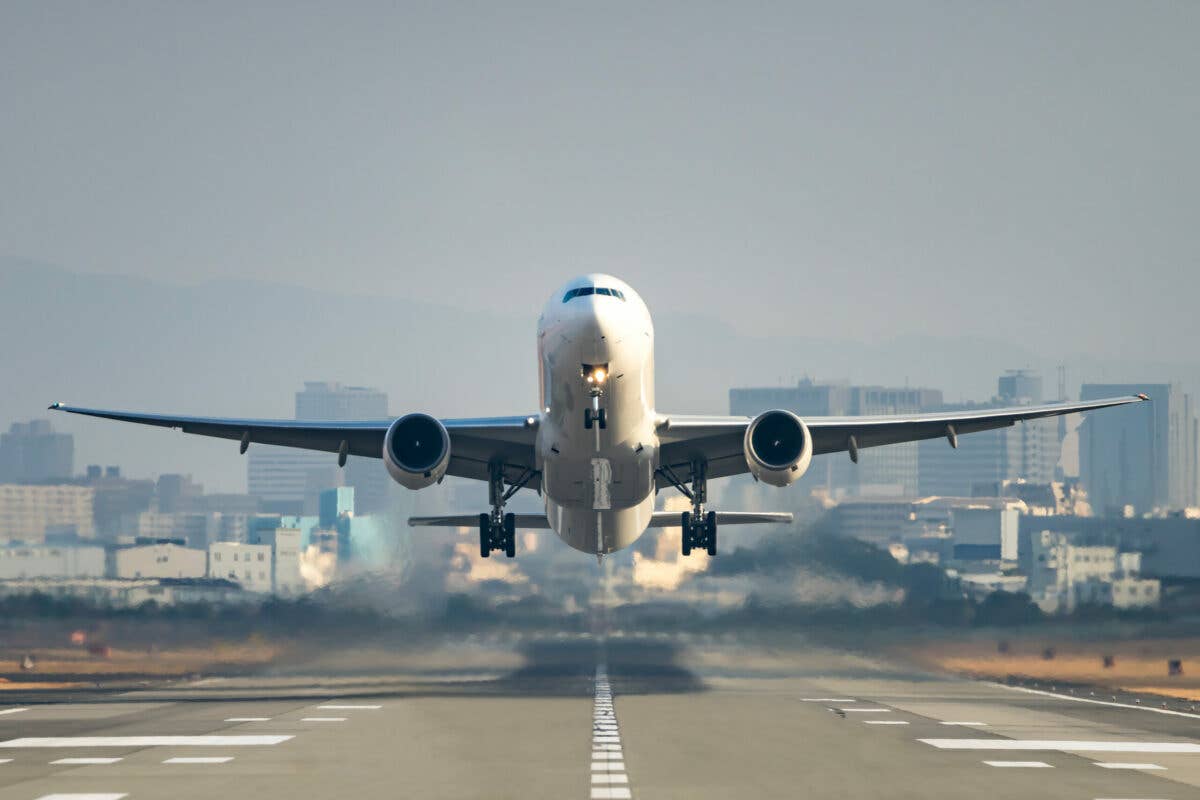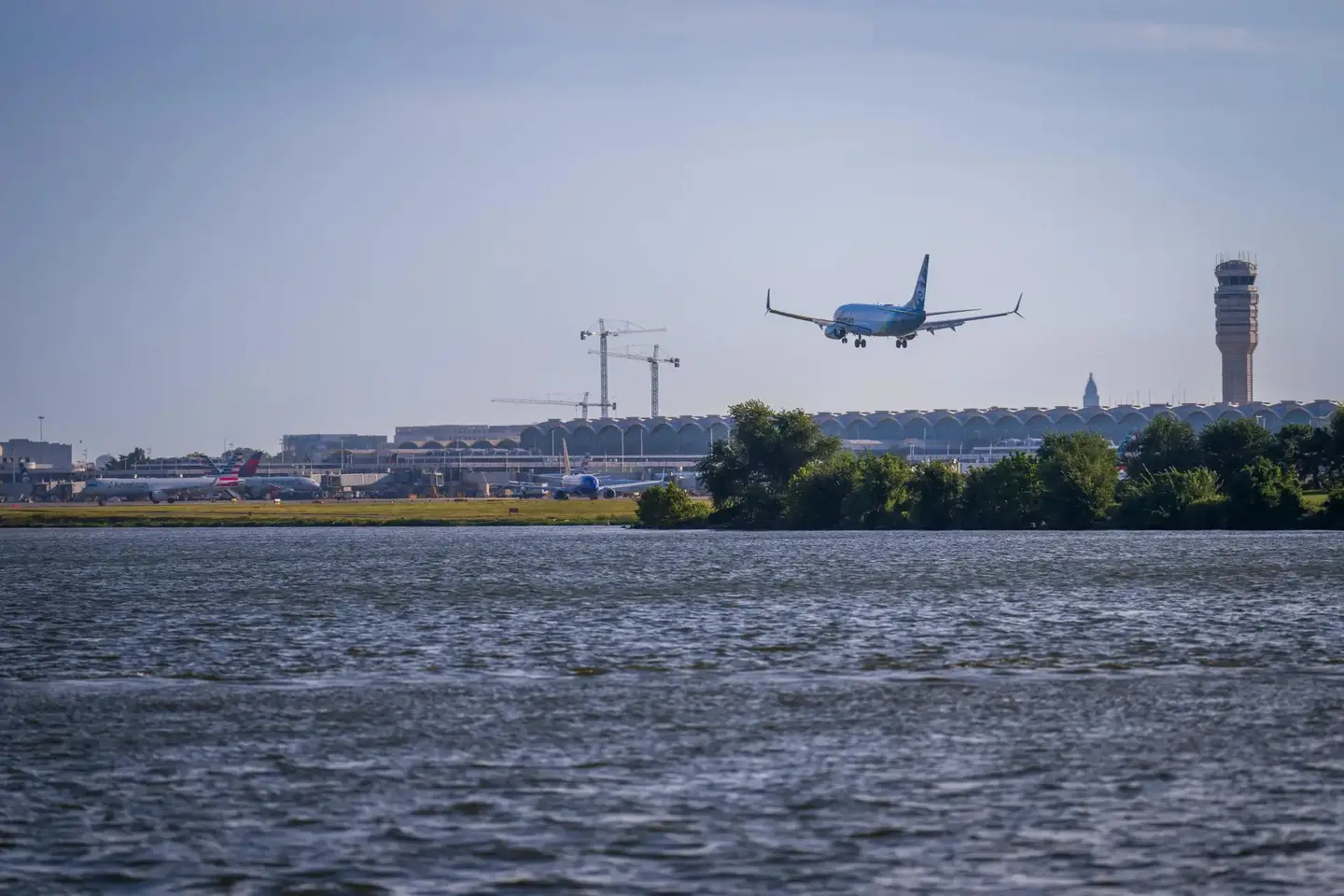Personal Weather Minimums: Identify Yours
Pilot proficiency, passengers, new-airplane-to-you, and unfamiliar terrain, should all factor into your personal weather-related flying restrictions

Making go/no-go flight decisions when the weather may threaten your personal minimums is serious business. [Illustration: Clare Nicholas]
There's good reason why flight instructors place weather limitations in a student pilot’s logbook. These limitations must be in place because most student pilots don't have the experience to determine where their skill ends and luck begins. Once you’ve earned your sport or private pilot certificate, it’s your responsibility to establish your personal weather limitations—and abide by them on every flight.
The purpose of having personal limitations is to mitigate risk. Personal limitations are predicated on pilot experience level, familiarity with the airplane, knowledge of the area, the weather, and the nature of the mission. They cover much more than just weather considerations.
IMSAFE and PAVE
As a student pilot, you learned about the “Swiss cheese model” that results in accidents. When all the risks line up—the holes in the cheese—accidents happen. The FAA has provided pilots with checklist tools (IMSAFE and PAVE) to help identify and assess risk before each flight.
IMSAFE guides the pilot to check if they are affected by illness, medication, stress, alcohol, fatigue, and/or emotion and eating. PAVE prompts the pilot to consider: pilot currency/skills, airplane condition, en-Vironment (includes weather), and external pressures.
If anything pops up for you when you run through either checklist, identify the risks, and ask yourself if they can be safely mitigated.
Not feeling well? Fatigued? Emotionally distracted? Reschedule the flight.
Is the No. 1 VOR in the aircraft in need of a VOR check? Do you need it for the flight? If the answer is yes, could you take care of it?
How is the weather? Will it be a challenge? Could you reschedule for later in the day after the weather improves?
Proficiency and Currency
One of the first things an aviator learns is that there is a big difference between FAA-defined currency and pilot proficiency. Often it's the lack of proficiency that gets pilots into trouble—sometimes when they have non-pilot passengers on board.
Although three takeoffs and landings within 90 days make you current according to FAA regulations, you may want to impose a personal limit, such as, “I will not fly with passengers or in marginal VFR unless I've flown within the preceding two weeks,” or “If it's been more than 60 days, I will remain in the pattern for X number of touch and gos before I depart the area.”
Personal weather limitations can be the most challenging for the newly-minted VFR-only pilot, and you may want to adjust them for passengers. For example, you might set yours as the following: “I can fly when the ceiling is at least 1,000 feet and visibility is at least three miles; but if I have a passenger, I will not fly unless the ceiling is at least 1,500 feet and visibility is at least four miles.”
Most pilots take great pride in their skills, and some go so far as to write down a commitment to maintaining proficiency and currency, noting, “I will make an effort to fly at least three times a month, for at least two hours.” This is followed by a plan to remedy the situation if they cannot keep the commitment, such as “If it has been more than 45 days since I have flown, I will take a qualified instructor with me.”
Many FBOs have a policy like this written into their rental agreements. For example, some require that if you have not flown one of their aircraft in the preceding 90 days, you must fly with an instructor.
Higher Workload? Increase Limits
Flying in an unfamiliar airplane is like cooking in someone else’s kitchen—it can be disastrous if you don’t know where everything is or how it works. When you are flying a new-to-you airplane, raise your minimums. Even if you are instrument rated, you may want to keep the first flight in a new-to-you airplane in VFR conditions, especially when you are learning the panel or avionics suite. If the purpose of the flight is transition training to a faster or more complex aircraft, you may want to stay in VFR conditions so you don’t unnecessarily add to your workload and increase the learning curve.
Limits for Passenger Flights
You may not have any qualms about a few bumps or gusty crosswinds, but your passengers could have other ideas. Both can be terror- and vomit-inducing for the aviation challenged.
If you’re an instructor and you conduct an introductory or primary training flight, you probably have limitations set by the school or FBO (or their insurance company). You also have to ask yourself, “Would I want the learner to fly in this by him or herself?” It is up to instructors to model good risk management. There’s a time and place for challenging weather—but you want them to learn, not be intimidated.
Unfamiliar Terrain
If you are unfamiliar with the area you are flying in, raise the weather limitations—this is the enVironment part of PAVE. If you are a “flat-land” pilot and your normal VFR limitations are three miles visibility and a 1,000-foot ceiling, but you’re flying in mountainous regions, raise those limitations to five miles visibility and a 2,500-foot ceiling—especially if up until then you have only read about mountain flying.
If it is a new-to-you area, study the sectional chart ahead of time, in particular noting the VFR reporting points, visual landmarks, and pattern altitudes. You do not want to be heads down with the iPad or sectional while approaching the pattern to land. You should also seek out mountain-specific instruction from an experienced pilot before you go it alone over high-altitude and mountainous terrain for the first time.
Avoid 'Get-It-Done-Itis'
“Get-it-done-itis”—the close cousin to the deadly “get-there-itis”—can trigger poor decision making. Just about every airport has a story about a VFR-only pilot in a VFR-only airplane who did a scud run in his personal aircraft to get to the airport for a walk-in flight review.
In one example: It was the end of the month and the pilot insisted that it had to be done today, because the aircraft was going in for annual and it had been 23 calendar months since his last flight review. The pilot flew in from his grass strip about five miles from the airport. His assessment of the weather was, “it looked pretty good,” but after some questioning from the CFI, he admitted he had made the flight at 500 feet agl to avoid the clouds. He estimated the inflight visibility to be about two miles. He told the CFI that normally he would not fly unless he had at least a 1,000-foot ceiling and three miles visibility, but he “really, really, really needed to get this done.”
The CFI asked the pilot about his personal weather limitations. Was he comfortable during the flight? Would he have brought a passenger with him? The answer was “no” to both questions—settling the matter—that in making the flight, he broke his own parameters.
This article was first published in the Q2 2022 edition of FLYING Magazine.

Sign-up for newsletters & special offers!
Get the latest FLYING stories & special offers delivered directly to your inbox






